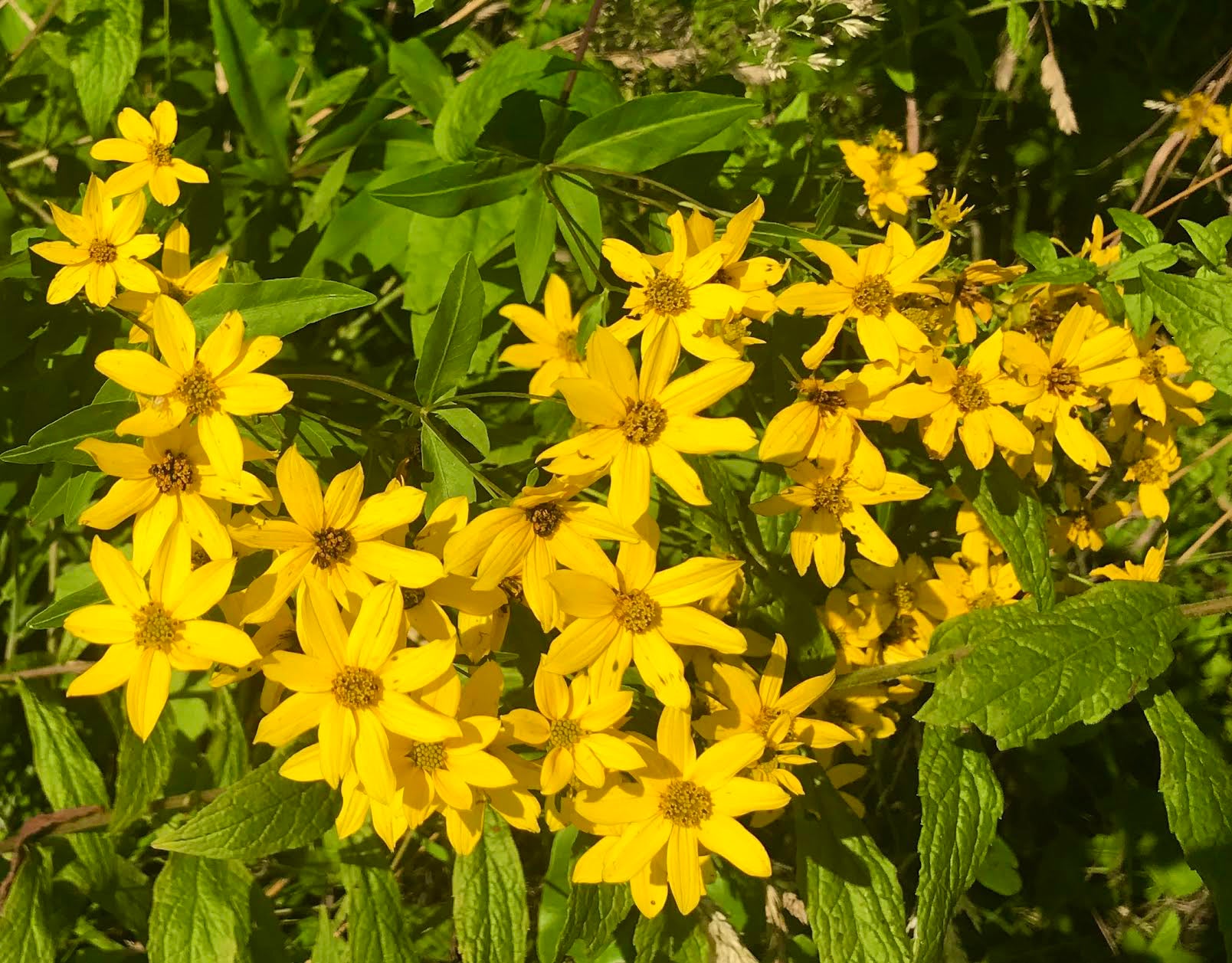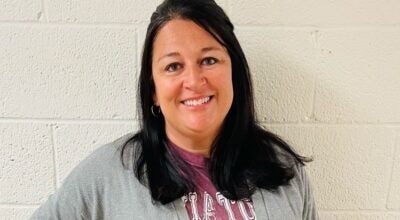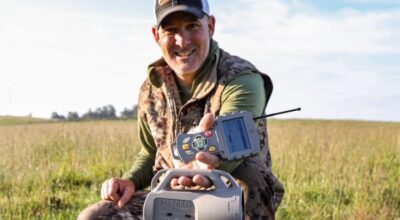Fall asters provide late-season color
Published 11:09 am Wednesday, September 7, 2022

- Fall Asters provide late-season color. Photo by Steve Roark
|
Getting your Trinity Audio player ready...
|
STEVE ROARK
Contributing writer
While springtime is noted for wildflowers, late summer and autumn also offer an impressive burst of color, when some plants make a last push to propagate before the killing frosts. Asters are particularly easy to find blooming now, and come in shades of yellow, white, and purple/blue.
Asters belong to the largest group of flowering plants, the Composite (Compositae) family, also referred to as the Daisy family. A typical composite flower head has a central disk surrounded by petals that encircle the disk like windmill blades. The central disk is made up of many small flowers (that don’t look like flowers) grouped together, hence the name composite. The surrounding petals are called rays and vary in number from 10 to over 100.
There are over 600 species of asters worldwide and they are very abundant in the Appalachians.
They can be found blooming as late as November. Some fall asters have many small white flowers that cluster at the top of the plant, and my grandparents referred to these late bloomers as “frost weed”. Yellow asters are common in our area, and include species of sunflowers, cone flowers, and hawkweeds. The New England Aster is one of the showier asters in the fall, having bright purple flowers and an orange center disk. It is cultivated for garden use.
Besides providing a touch of color, asters are an important food source for insects, butterflies in particular. For humans some asters can be food and medicine. Jerusalem artichoke produces an edible tuber served as a potato dish, and chicory root provides a coffee-like beverage. Ironweed root was used by the Cherokee to treat stomach-ache and bleeding.
Asters are most commonly found in old fields and along roadsides but can also be found in wooded areas. If you would like to grow some native asters in your landscape for beauty and to attract butterflies, there are several companies that sell seed, so seek them out online.
Steve Roark is a volunteer at Cumberland Gap National Historical Park.





